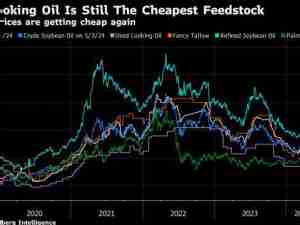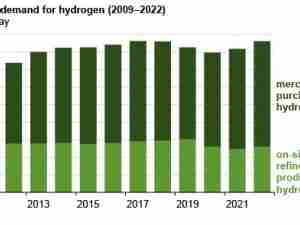Wind energy projects in Brazil have exhibited exceptionally strong capacity factors given the country's favorable wind resources, but output forecasts that attempt to reflect this have proven to be inaccurate. Fitch views these forecasts with caution. Brazilian wind projects demonstrate an average capacity factor of 42%, exceeding 60% in the northeast region during some months of the year. This compares with 30% worldwide. However, forecasts based on pre-operational data have shown a considerable degree of volatility and uncertainty reflected by the large differences between projects' P50 and P90 estimates. Fitch subsequently applies a more severe haircut in our analysis relative to projects that exhibit lower production volatility.
Wind energy production was 10% lower on average than P50 and very close to P90 levels in the last two years across Fitch-rated standalone wind projects in Brazil. The average P50 and P90 difference for the rated portfolio is in the range of 10% to 17%, indicating that the wind studies carry significant uncertainty. These numbers compare to a range of 5% to 15% for projects outside Brazil. Accordingly, we apply an average 6% haircut to Brazilian project production forecasts in our base and rating cases per Fitch's Renewable Energy Project Rating Criteria. We may also adjust availability levels indicated in the original studies to reach the guaranteed level in the O&M agreement or to reflect other considerations highlighted by technical advisors. In addition, Fitch may include incremental haircuts reflecting shared electrical losses when applicable per local regulation, losses usually not taken into account in forecasts.
Most wind studies are based on pre-operational wind data collected from met masts, using microsite models to extrapolate wind speed and power curve assumptions from the wind turbine manufacturer. Significant underperformance in Brazilian projects caused some sponsors to request updated wind assessments based on post-completion data. Wind studies that considered operational on-site data resulted in an average output reduction of 13% of P50 estimates relative to pre-operational studies.
Post-operational studies take into account the real power output of each turbine which, coupled with met mast measurements, incorporate actual results for factors such as wake effect, turbine performance losses, internal electrical losses and degradation losses, thereby reducing forecast uncertainty.
When revised forecasts are provided by issuers, Fitch reviews and updates the energy production assumptions and the level of haircut applied in our cases to reflect the greater accuracy of the new studies. The vast majority of rated operational wind projects in Brazil have been operating for less than three years. In the absence of a new study, we maintain initial performance stresses for underperforming projects with respect to our base case, as the project's short operational history is deemed insufficient to justify further stresses.
Wind projects are not likely to face liquidity pressures despite general operational underperformance, since standard debt structures feature adequate dividend lock ups and often bank guarantees until financial completion. For projects that signed power purchase agreements (PPAs) before December 2017, annual and quadrennial smoothing mechanisms also mitigate the effect of an energy shortfall in a specific year. However, Fitch is likely to take negative rating action whenever updated wind forecasts cause the generation curve to move downward, leading the debt service coverage profile to fall below criteria thresholds for the existing rating level.
We expect the reliability of wind forecasts to improve as the sector matures in Brazil, more projects go online, operational data increases, and forecast techniques and data collection are further refined. In addition, sponsors can mitigate forecast errors by committing a lower portion of the physical guarantee with PPAs, using the portion of uncontracted energy as a buffer in case of wind underperformance.








